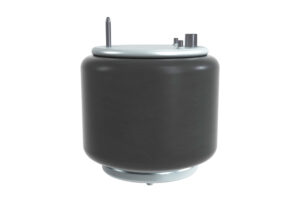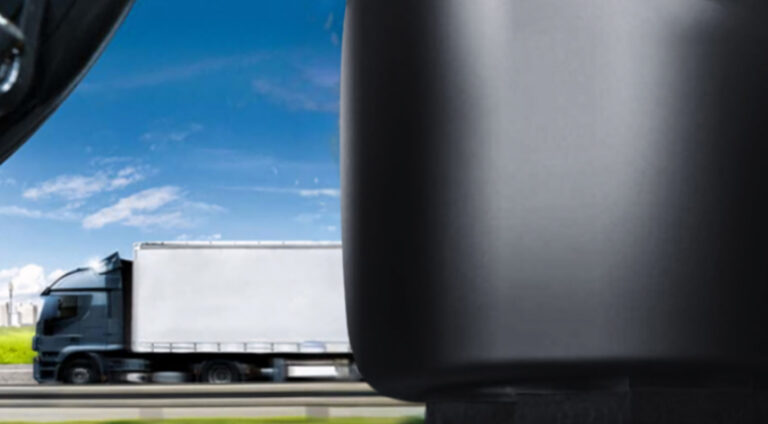Continental has introduced a new rubber compound for commercial vehicle air springs, designed to reduce the carbon footprint while improving performance in extreme climates.
The Tough RuNR air springs, made with a blend of improved natural rubber and ethylene-propylene-diene rubber (EPDM), will be showcased at the IAA Transportation 2024 in Hannover this September.
The air springs provide a 50% reduction in carbon emissions associated with the rubber compound compared to conventional air springs made with chloroprene rubber. The design aims to ensure that the air springs function effectively in a range of temperatures, resisting both extreme heat and cold. The carbon footprint reduction is based on Continental’s internal calculations, comparing the new Tough RuNR air springs to traditional chloroprene rubber air springs.
 Continental’s material experts within the ContiTech group developed the Tough RuNR air springs by substituting synthetic rubber with an enhanced natural rubber blend. Dr Kevin Borck, head of marketing and strategy for industrial solutions in Europe, the Middle East and Africa at Continental, said, “We have the material competence, the experience and a clear view of what makes sense economically in order to continually improve product carbon footprints.”
Continental’s material experts within the ContiTech group developed the Tough RuNR air springs by substituting synthetic rubber with an enhanced natural rubber blend. Dr Kevin Borck, head of marketing and strategy for industrial solutions in Europe, the Middle East and Africa at Continental, said, “We have the material competence, the experience and a clear view of what makes sense economically in order to continually improve product carbon footprints.”
Traditional air springs made from natural rubber are resistant to cold climates, while those made from chloroprene rubber are better suited for high temperatures and harsh environmental conditions. Continental’s Tough RuNR, with its EPDM-enhanced natural rubber, effectively handles both extremes, reducing material aging and resisting ozone and UV light.
At the IAA Transportation event, starting September 17, Continental will present its vision for more sustainable air springs. The company says it plans to expand its use of recycled materials and enhance the recyclability of its products.
Marc Leinemann, head of product platform air springs at Continental, noted that the development of Tough RuNR is part of a broader strategy to improve both product performance and environmental sustainability: “Tough RuNR not only demonstrates our ability to make products greener, but it also shows how we make use of the evolution toward more sustainable materials to accelerate our constant search for improvements to both our products and our customers’ applications.”



